
07 Sep Acetategate Update: C2E2 Part 2
A recent Clayton Crain after-market Acetate Variant has been at the center of a controversy between Marvel, CGC, and Black Flag Comics. And just when it appeared to be done –the plot thickened!
Compounded Controversy
If you haven’t read my prior column about the C2E2 “Exclusive” Ultimate Fallout #4 Clayton Crain Facsimile Acetate Variant and the blowback to how it was announced, released and priced, I highly suggest you CLICK HERE.
In a nutshell, Black Flag Comics and Clayton Crain produced 750 unsanctioned variants of their previously released Ultimate Fallout #4 (Black Flag Comics Facsimile). These new acetate-wrapped versions were initially priced at $85 each but were raised to $100 each as supplies dwindled. The entire run was sold out to a group of only 50 or so collectors –many of whom are Youtubers and Whatnot sellers, and several of whom purchased quantities of 75 to 125 each.
These “Influencers” became the targets of the initial wave of internet hate, but when it surfaced that CGC had assigned Universal Blue-label grades of 10.0 to some of these after-market alterations, the focus of the Twitter mob shifted from the bulk re-sellers to the biggest grading company in the hobby.
When Marvel issued a statement reminding retailers that all variants need to be approved and CGC issued multiple statements doubling down on their grading decisions, the controversy some are calling #AcetateGate hit a whole new level of comeuppance.
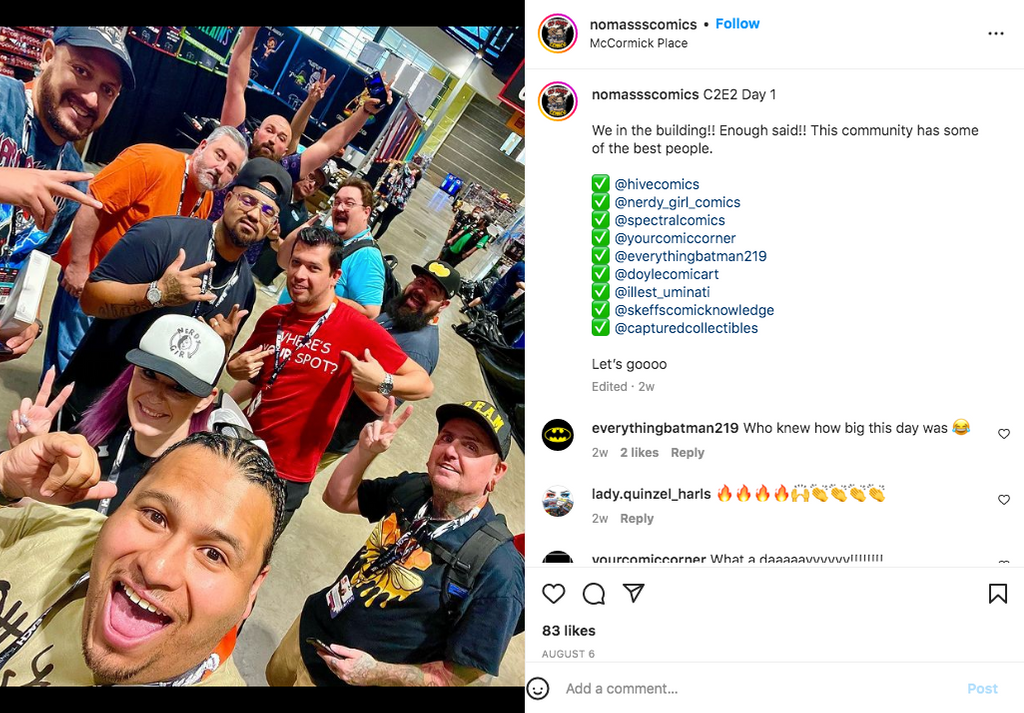 Posted by Nomasss Comics at 8:51 AM, 8/6/22
Posted by Nomasss Comics at 8:51 AM, 8/6/22
Correction
While the first wave of backlash was leveled primarily at Black Flag Comics, the IG accounts of all the people listed above (and more than a few not pictured) were inundated with insults, accusations, threats, and ridicule. When several attempted to defend themselves, it just got worse and almost all of those posts were deleted.
Black Flag announced immediate plans to follow up this release with two more Clayton Crain Acetate Variants at Boston Fan Expo, but in the wake of everything I outlined in my prior column, those comics were not offered to the public and sources report that large quantities were (again) sold directly to a very small group of exhibitors.
The big beef in fandom with the “influencers” was that some were observed to have cut the line. There are conflicting reports about actual line-hopping and the shape of the line making it appear as if some volume buyers had not waited (though they actually had). Joe of Doyle Comic Art made it known to me that he had popped into line only for the photo op, and walked off immediately afterwards –which may have looked to people further back in line that people were cutting-in-line.
A photo from C2E2 posted by Nomasss Comics shows many comic book-collecting social media personalities waiting in line at 8:51 AM, mere moments before the convention opened to the public, and not long before the Acetate Exclusive SOLD OUT. Subsequent images from that same photo dump also clearly confirm the presence of several other Youtubers who had claimed (in social media posts that have since been deleted) to not have been there at the time.
As some accusations were revealed to be baseless (and Youtuber Whiteshadow issued a clarification video) the justification for targeting these Influencers with so much scorn shifted into a critique of the Whatnot platform, its paid partnerships with these Influencers, and how an over-saturation of variants was a new spin on the old pump-and-dump scheme.
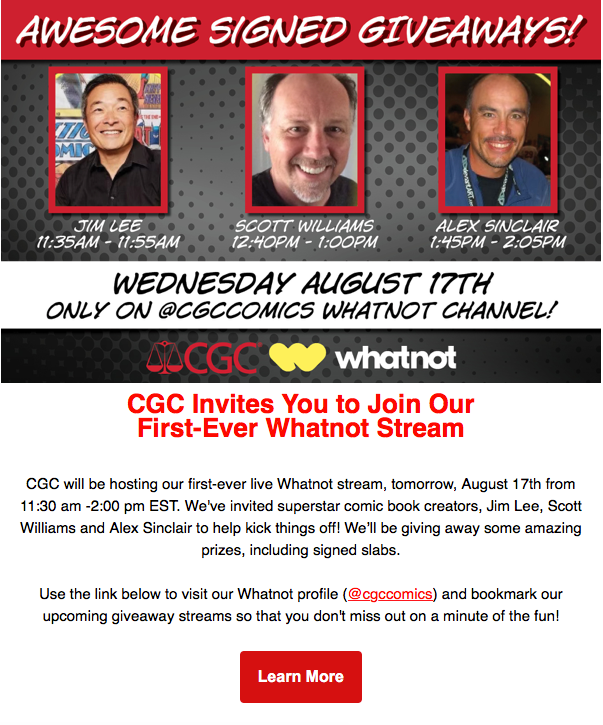 CGC and Whatnot are in business together
CGC and Whatnot are in business together
But the real sticky widget here is CGC. They issued no fewer than 4 different statements on their Chat Boards, several of which seemed to run counter to their own posted grading policies. This elicited a pile-on attack that has stretched to over 4100 comments in the CGC Forums. And as if that wasn’t enough, on August 16th –in a move that seemed tone-deaf to the accumulating backlash, CGC announced that they had partnered with Whatnot.
If people had been quietly aggrieved that CGC exhibited a conflict of interest by charging more for higher grades based on perceived FMV, here was a clearer example of benefitting on both sides of the deal: if they are selling books that they, themselves, have graded.
A Tale of Two Policies
Before we get to the strangest reversal of policy in recent years, here is the statement that Marvel emailed to retailers early in the morning of August 16th. This was under the signature of Marvel Publisher, David Gabriel:
Subject: Clarification of Exclusive variants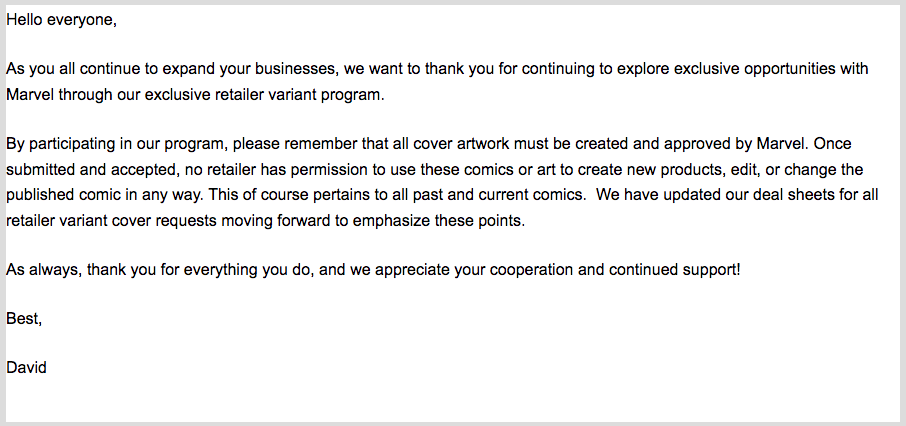
“By participating in our program, please remember that all cover artwork must be created and approved by Marvel. Once submitted and accepted, no retailer has permission to use these comics or art to create new products, edit, or change the published comic in any way. This of course pertains to all past and current comics. We have updated our deal sheets for all retailer variant cover requests moving forward to emphasize these points.
“As always, thank you for everything you do, and we appreciate your cooperation and continued support!”
And here is the Admin post by CGC Mike on the CGC boards later that same day, defending the CGC Universal Grade:
“We feel it is important to provide transparency on how CGC arrived at our method of certifying Clayton Crain’s Ultimate Fallout comics with the attached acetate covers. For us, this was an unprecedented item to grade. After Mr. Crain spoke with us prior to C2E2, the rules we applied to his books:
The additional cover had to be created by an established artist in the industry.
The comic to which the cover was attached had to contain a cover by that same artist.
A copy of the comic with the attached cover had to be submitted to us for inspection prior to certifying any copies.
Given the recent circumstances, we have made adjustments to the labeling originally used for the Ultimate Fallout exhibiting the acetate cover. Going forward, any copies submitted to CGC will display in the label text: “In God We Intrust” Acetate Artist Cover attached with 2 staples after manufacturing. The books will still be allowed to receive a Universal label. This will also apply to Mr. Crain’s forthcoming copies of Ghost Rider #1 and Deadpool Nerdy 30 #1 that contain an acetate cover.”
This showcased in no uneven terms that Marvel and CGC are not on the same page. It also seemed to contradict prior claims that CGC had supposedly established a precedent for acetate covers, now claiming this situation to be “unprecedented.” Suffice it to say that this was the post that launched a thousand memes.
Just a few days later, CGC Mike was back on the Chat Boards with the final (thus) statement about these aftermarket acetates.
“We appreciate everyone being patient with our follow-up regarding the Clayton Crain acetate covers. After discussions this past week, CGC will assign a Qualified Signature Series label to comics that contain an acetate cover by Mr. Crain, as well as his signature that has been witnessed by a CGC representative. This also applies to the Ultimate Fallout: Facsimile Edition #4 that sold in C2E2. The grade assigned will take into consideration the grade of the acetate cover as well as the interior book. For members who have already submitted copies of the Ultimate Fallout issue to CGC, we will extend an opportunity to have Mr. Crain’s signature applied to their copies so they receive the Qualified Signature Series label. If a copy does not exhibit Mr. Crain’s witnessed signature, the book will receive a qualified grade.
“Going forward, CGC will only certify artist-created covers that are first approved by CGC, and those covers must be signed by the artist through the Signature Series program to receive the Qualified Signature Series label. The cover must be created by a published artist.”
If you’ve never seen a Qualified Signature Series label, it is both Yellow and Green:
“In God We In Trust”
And so the fate of the “In God We In Trust” Acetate Variant appears to have come to a close with no small amount of damage done in the process: to the goodwill of fandom, faith in the variant market, and possibly the reputation of the world’s biggest comic grading company. Since there are at least a handful of already graded pieces on the market, we can expect this “compromise” to drive up the prices on those 9.8, 9.9 and 10.0 Blue, Universal Label slabs.
It remains to be seen if anyone at CGC will be fired, but Steve Ricketts of CBCS Pressing issued a statement on that company’s Forum that capitalized on the controversy at his competition:
“If a book has an acetate cover attached to it with staples, the grade it would receive from CBCS is based on the grade of the book if the acetate cover were removed. In the scenario discussed in this thread, the book would probably top out around a 7.0 because of the additional holes in the book created by the staples. The attached acetate cover and additional staples would be noted at the bottom of the label.
“This is, of course, if the book in question is a “manufactured variant” by a third party and not an actual solicited variant that was produced by the publisher. And I’ll add that the comic would be identified as the base comic. We would not give a variant name to a book that was not an intended variant produced by the publisher.”
The Great Comic Mulligan of 2022
The impasse here is that Variants are good business for the publisher. As long as they can boost circulation without risk they are going to keep doing it –and for continuously less consequential issues. The truth is that while collectors vocally oppose the engineered scarcity of variants, there are still enough of them purchasing them.
Every artist has a fanbase and that’s what fuels the viability of variant cover art. If a retailer gets stuck with overstock (as Black Flag clearly did) it should lead to a participatory decline in the retailer exclusive program as a referendum on the lack of interest. But because Black Flag went ahead and did this unauthorized repackage and made out so well on it, we are probably going to see an explosion of this sort of thing.
The only way to punish companies for engaging in practices unbecoming is by hitting their bank accounts. Don’t give them your money. If people continue to buy these, we’ll keep seeing them. While it’s a common misconception that ALL variants drop in value soon after the FOMO wears-off, exceptions make the rule. There are many variants that have become very valuable.
A quantity sufficient to validate not wanting to miss out is the engine that powers viability. It’s further complicated by the fact that the only people in a position to end this business of artificially manipulated demand have a financially vested interest in continuing it.
- Conventions draw more paid attendees if they can announce exclusives.
- Publishers collect on a one-way sale of 3000 additional units per retailer variant (sometimes across dozens of different retailers).
- Retailers attract new customers and repeat business from fans of the cover artist.
- Artists make extra money at a higher rate for producing the cover art and get paid again when they sell the original illustration –which is more valuable as a published cover than a standard commission.
Case Closed?
While the multiple replies to this fiasco have been excoriated by fandom, the latest statement provides a path forward that I think most collectors can live with. I would, however, be naive to assume that we have seen the last of these aftermarket shenanigans. How many retailers sitting on hundreds of overstocked exclusives are thinking of new ways to turn each of those relatively worthless comics into the next must-have $100 exclusive? We’ll all know soon enough, I suppose.
Denoument
As if all that isn’t more drama than a comic book collector expects to see in a lifetime, this story took a further Tabloid turn when Black Flag Comics owner Jason Wallace posted an emotional, eleven-minute video to Instagram live (since removed) in which he alleged that Clayton Crain, “used me to get to my wife, and she reciprocated, and they’re both gone now. My wife has left me for Clayton.”
While this was initially received by the community as a ploy to garner sympathy following the barrage of criticism received on the heels of C2E2, it appears that Mr. and Mrs. Wallace have indeed separated. This is where I tap out. At the forefront, this story was an odd comic book convention anomaly that blew up into a hobby-wide excoriation of compounded bad policies. But at the end, this is somebody’s life. I saw a lot of posts across social media kick this dude while he’s down and I have no intention of doing that, so my coverage stops here. Those of you wishing to continue to follow can do so via Black Flag Comics’ facebook page, which as of this posting has not removed prior live streams with Steve, April, and Clayton.

Clayton Crain & April Wallace on a May 2022 Livestream
CLICK HERE FOR PART 1
This is just the opinion of the columnist – Do your own research!
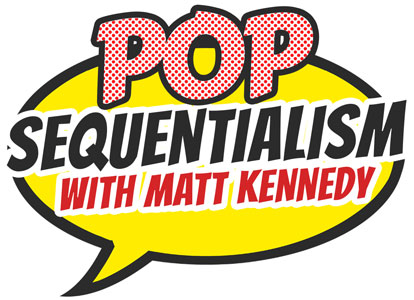
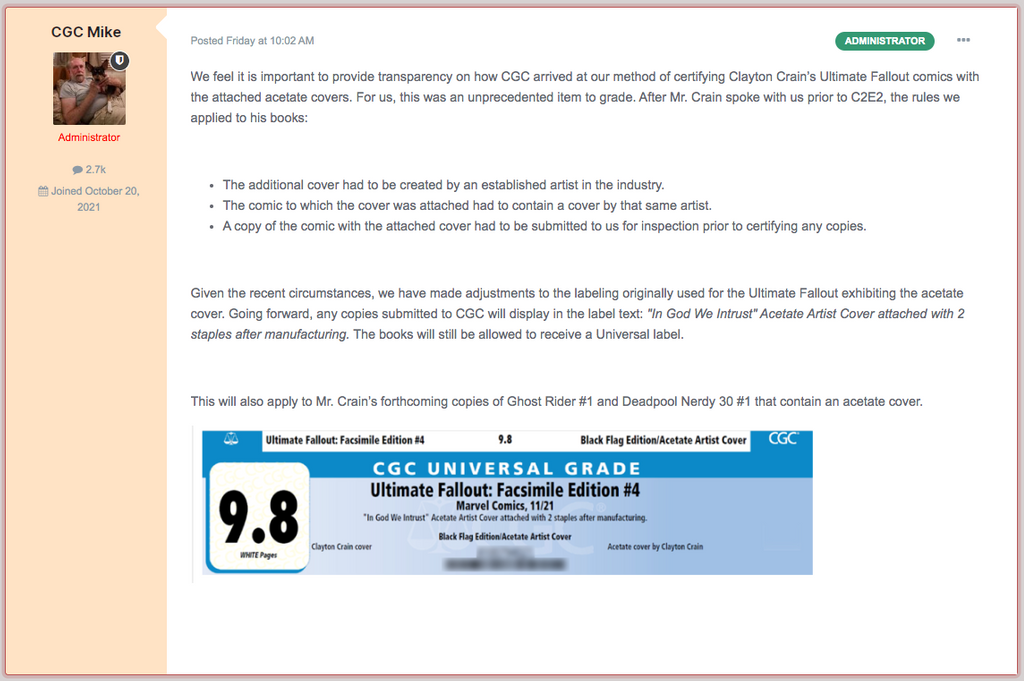
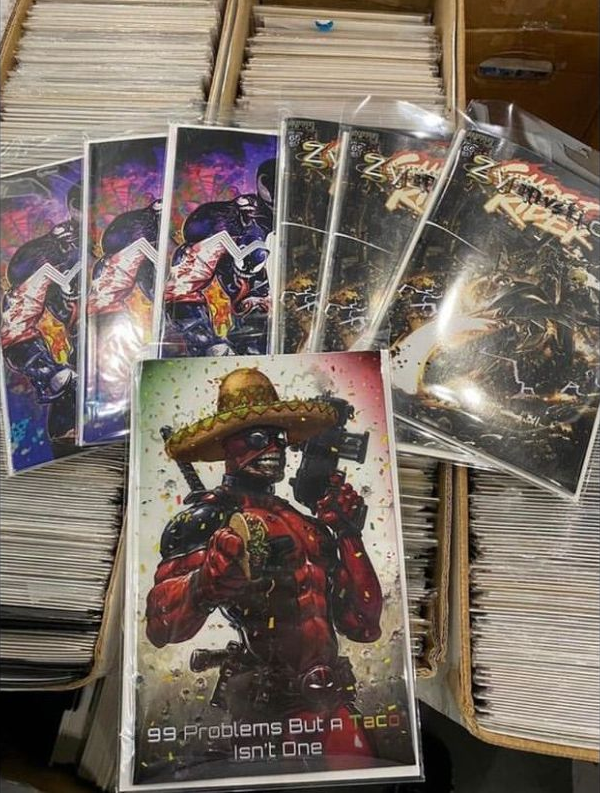

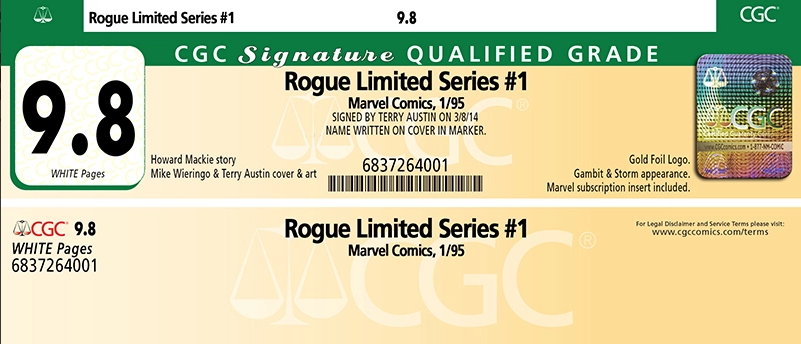

No Comments